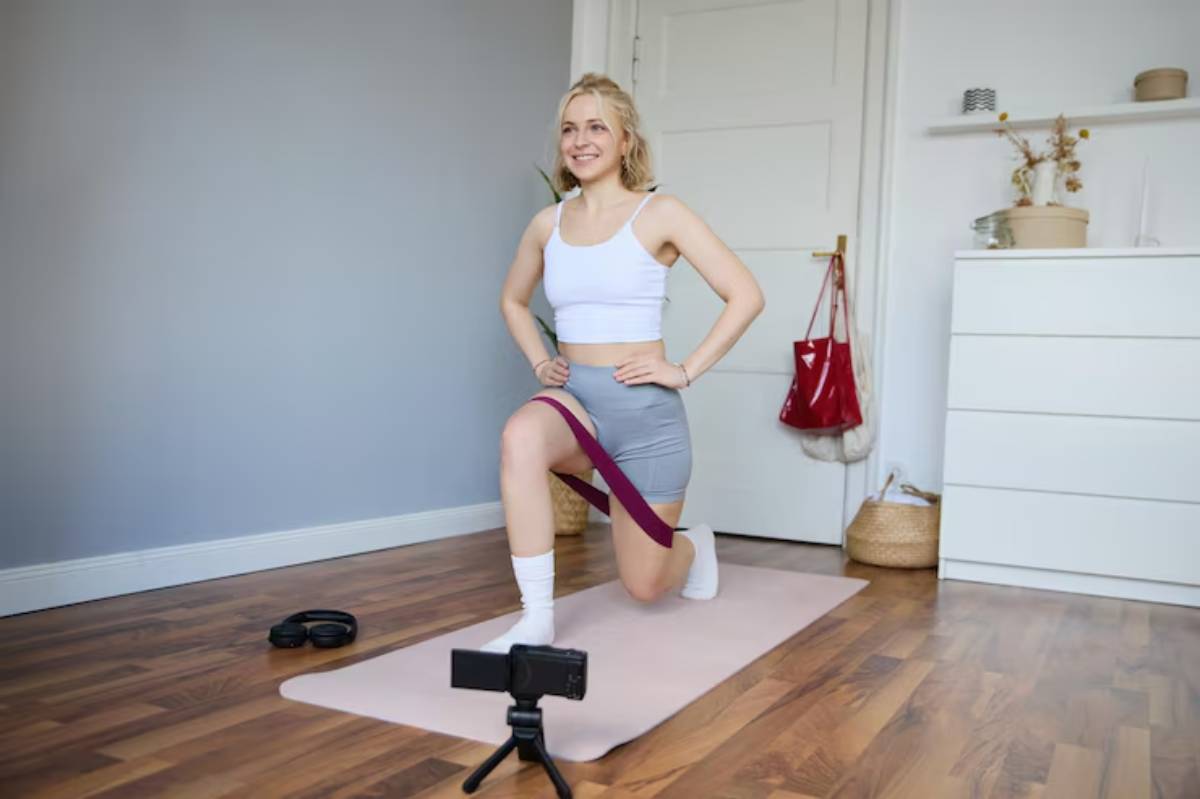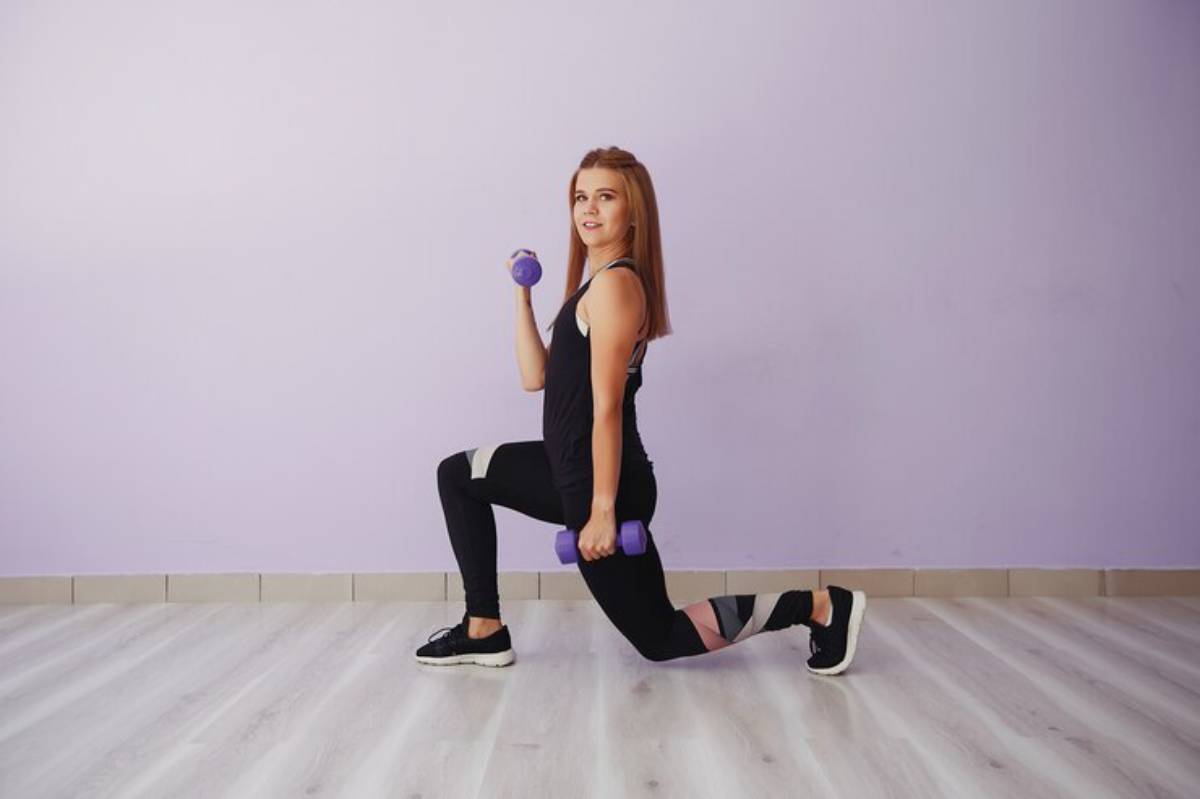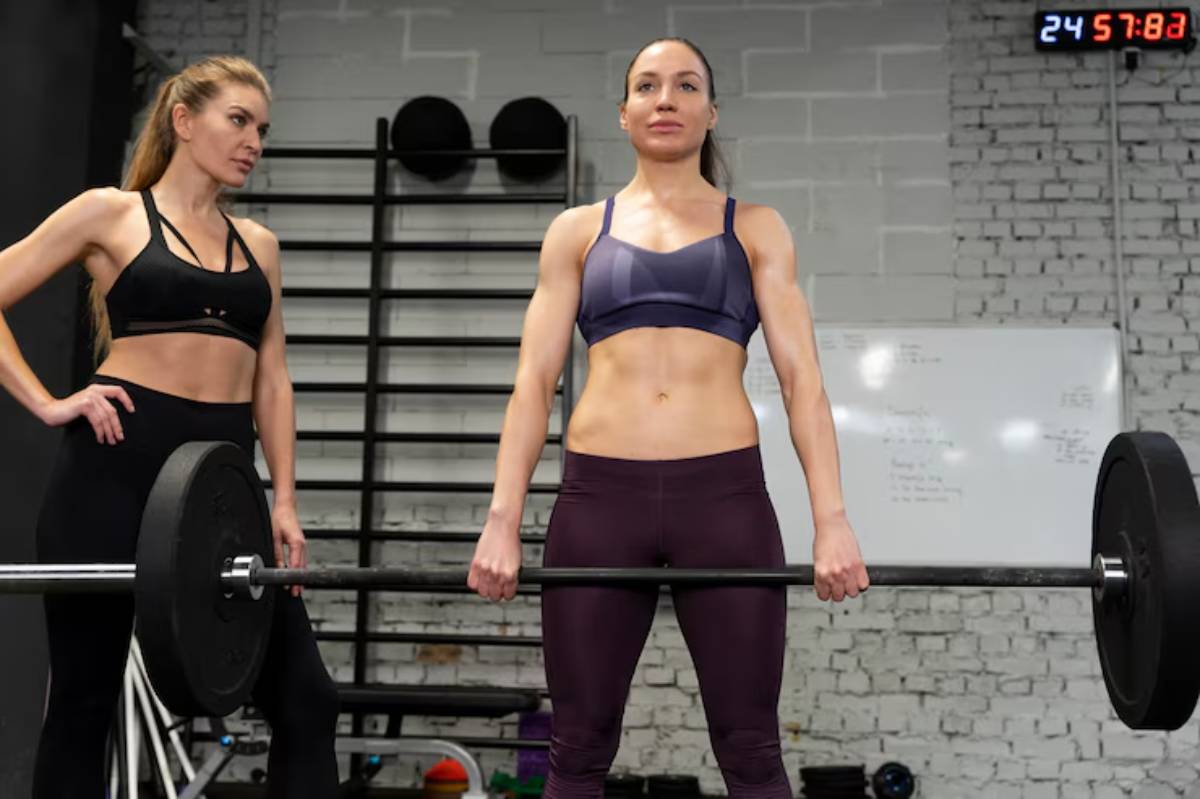
Safe and Effective Form for Foundational Lifts
If you’re stepping into strength training for the first time, you’ve likely heard about squats, deadlifts, and presses being “essential.” And they are — these are the foundational lifts that form the core of nearly every effective weight training programme.
But here’s the truth: doing them wrong can stall your progress and lead to injury. Doing them right, on the other hand? That’s where real, sustainable strength begins.
This guide is your walkthrough of how to master form for the big three lifts — not just to check boxes, but to train with purpose. Whether you’re working out in a gym or at home with dumbbells, you’ll learn cues, tips, and common errors to avoid — all tailored to the female body and beginner needs.
Ready to train smarter, not just harder? Let’s dive into the lifts that transform not only your body but your confidence.
Why Form Matters More Than Weight
Strength training isn’t about how much you can lift — it’s about how well you move under load. Poor form can create:
- Joint strain
- Muscle imbalances
- Long-term injury risk
Good form, on the other hand, ensures:
- Efficient muscle engagement
- Balanced development
- Safer, more consistent progress
As a beginner, your biggest goal isn’t lifting heavy — it’s lifting correctly.
Foundational Lift #1: The Squat
The squat is the queen of lower body lifts — targeting quads, hamstrings, glutes, and your core all in one go.
Correct Setup
- Feet shoulder-width apart, toes slightly turned out
- Chest lifted, shoulders pulled back
- Weight is distributed evenly through the midfoot
Movement Cues
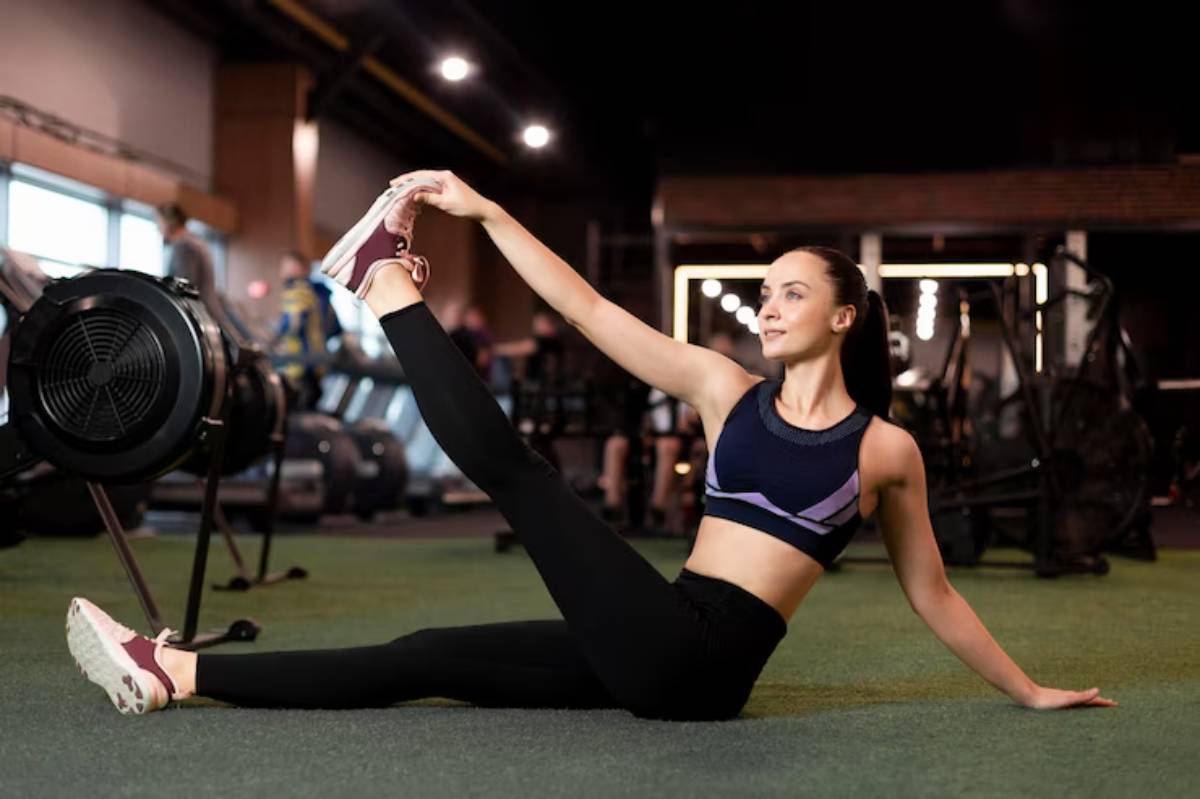
- Inhale as you descend
- Push hips back like you’re sitting into a chair
- Keep knees tracking over your toes
- Lower until thighs are parallel (or deeper, if mobility allows)
- Exhale and push through heels to stand up
Common Mistakes
- Knees collapsing inward — engage your glutes and press knees outward
- Rounding the back — maintain a neutral spine throughout
- Heels lifting — shift weight back and open your stance slightly
If you’re still building lower body strength, routines like the dumbbell leg workouts for women at home offer great squat variations you can practise anywhere.
Foundational Lift #2: The Deadlift
Deadlifts are one of the most misunderstood lifts — and one of the most rewarding when done right.
They build your posterior chain: glutes, hamstrings, lower back, and core.
Correct Setup
- Stand with feet hip-width apart, bar or weights close to shins
- Hinge at the hips first, then bend knees slightly
- Grip the bar just outside your knees (or hold dumbbells by your sides)
- Engage your lats and brace your core
Movement Cues
- Push the floor away with your feet
- Keep the bar close to your body as you stand
- Hips and shoulders rise at the same rate
- Squeeze glutes at the top — don’t overextend your back
Common Mistakes
- Rounding the lower back — engage your core before you pull
- Yanking the bar—lift in one controlled motion
- Starting too far from the bar — keep it close to avoid extra strain
Women often find deadlifts empowering once the movement clicks. Be patient — your hinge pattern improves with repetition and feedback.
Foundational Lift #3: The Overhead Press
Pressing overhead is key for building upper body strength — especially in shoulders, triceps, and the stabilising muscles of the core.
Correct Setup
- Stand tall with feet hip-width apart
- Barbell or dumbbells at shoulder height, elbows slightly in front
- Brace your core and squeeze your glutes
Movement Cues
- Press straight overhead, not forward
- Move your head slightly back as the bar passes your forehead
- Lock out with arms fully extended
- Lower slowly and under control
Common Mistakes
- Leaning back excessively — brace your abs to avoid arching
- Flaring elbows out wide — keep them just in front of the body
- Pressing too far forward — aim for a vertical bar path
Struggling with stability? Start with seated dumbbell presses and build up. If symmetry and upper body posture are a concern, pairing this with arm workouts to sculpt without bulking can build strength without overloading the joints.
How to Cue Yourself Like a Coach
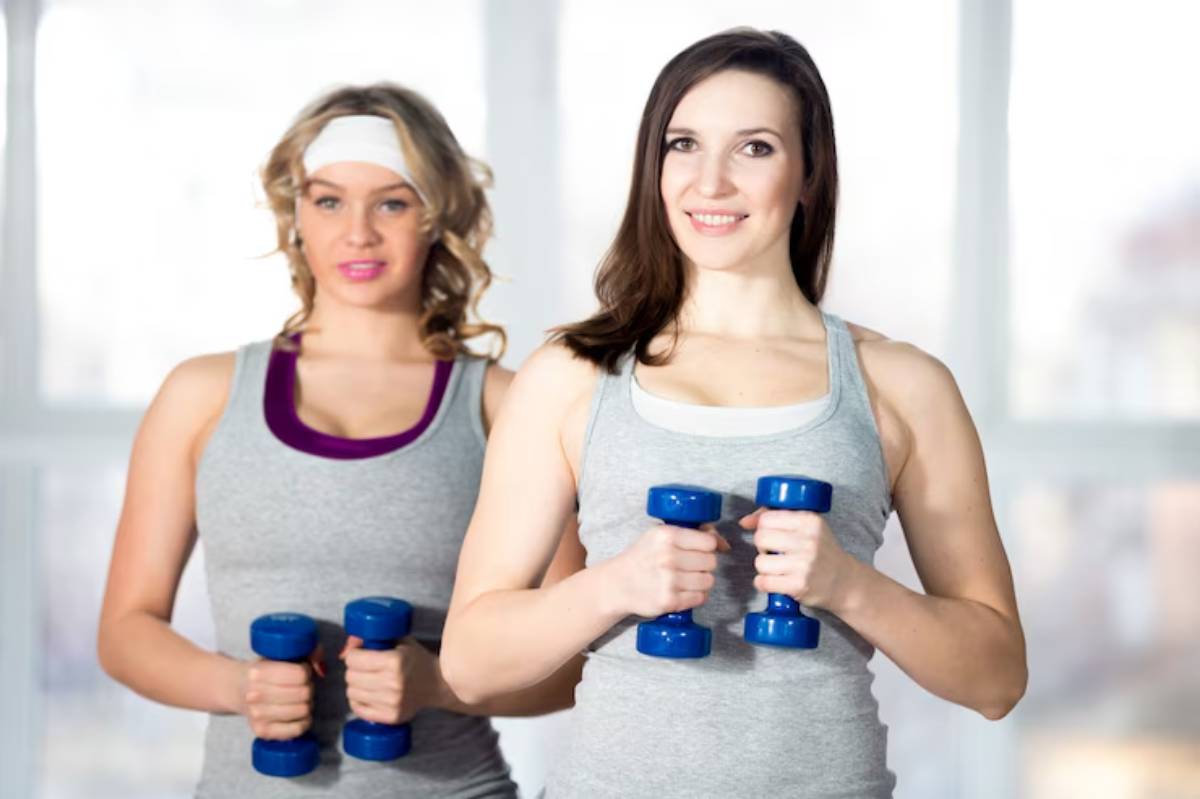
Self-coaching is a superpower. Here’s how to internalise good form using verbal cues:
For Squats:
- “Sit between your heels”
- “Keep your chest proud”
- “Push the ground away”
For Deadlifts:
- “Squeeze oranges under your armpits”
- “Hips and shoulders rise together”
- “Pull the bar in close”
For Presses:
- “Brace like someone’s about to punch you”
- “Press through your palms to the ceiling”
- “Keep your ribs down”
Say the cues in your head — or out loud — before every set.
How to Practise Without Heavy Weights
Don’t have access to a barbell or prefer to start light? No problem.
Try these equipment-free variations:
- Bodyweight squats with a wall or chair
- Hip hinges with a broomstick for deadlift mechanics
- Overhead presses using resistance bands or water bottles
These help lock in form before adding load. Form first, weight later.
Filming Your Lifts: The Beginner’s Advantage
If you’re training alone, filming your lifts is one of the most effective tools for feedback.
Set your camera:
- From the side for deadlifts and squats
- At a 45-degree angle for overhead pressing
Look for:
- Spine alignment
- Knee and ankle tracking
- Bar or dumbbell path
You’ll correct more in 30 seconds of video review than in 30 minutes of guesswork.
Breathing and Bracing for Safety and Power
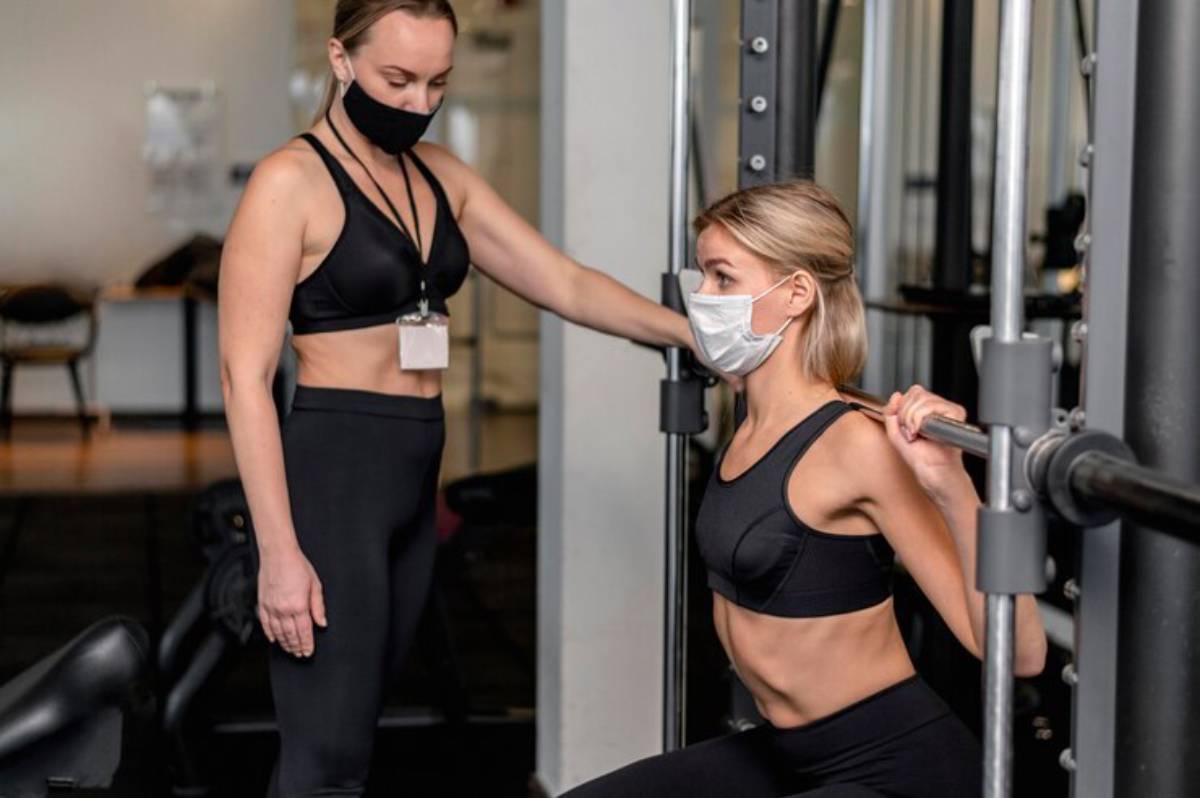
A strong lift starts from the inside, and that means learning to breathe and brace.
Here’s how:
- Inhale deeply into your belly before you lift
- Hold that breath briefly during the hardest part (called the Valsalva manoeuvre)
- Exhale slowly as you complete the rep
Bracing is especially important when weights get heavier — it stabilises your spine and gives your muscles a solid foundation to push from.
When to Ask for Feedback
Even if you’ve watched all the tutorials, sometimes you need a second pair of eyes. If possible:
- Ask a qualified trainer for a form check
- Join a small group strength class
- Record and compare your form to instructional videos
Form is a skill, and like any skill, it improves faster with feedback.
How Good Form Prevents Progress Plateaus
Lifting with good form isn’t just safer — it’s more effective. Poor form limits your range of motion, recruits the wrong muscles, and causes fatigue in the wrong places.
Correct technique allows:
- Better strength gains from efficient movement
- Reduced injury risk, especially for knees, shoulders, and lower back
- Faster recovery, because you’re not overstressing your joints
Clean reps beat heavy reps — every time.
Building Confidence Through Control
When you train with proper form, you not only protect your body — you build confidence. There’s something deeply empowering about knowing your movement is intentional, safe, and strong.
You’ll find:
- You lift more with less fear
- Your workouts feel smoother
- Your body feels better day to day
Foundational lifts teach you more than mechanics — they teach you mastery.
Lifting Smarter Starts Here
If you take one thing from this article, let it be this: form is your foundation. You can add weight, complexity, or intensity later, but good form should always come first.
So next time you step into the gym or roll out your mat at home, lead with precision. Take your time. Trust the basics. And remember — you don’t have to lift the heaviest to lift the smartest.
